Is your vessel’s propeller causing excessive noise, vibration, or showing signs of erosion? You might be facing propeller cavitation—a common issue where vapor bubbles form and collapse, damaging the propeller and reducing efficiency.
Contenidos
Understanding Propeller Cavitation: Causes, Impacts, and Prevention Techniques
Are you experiencing noise and vibration near your vessel’s propeller that make it sound like it’s churning through a steel marbles sea? Do you frequently notice eroded areas on your propeller that require repair? If so, we have some important news for you: you might be dealing with propeller cavitation.
What is Propeller Cavitation?
But what is propeller cavitation? Simply put, cavitation is the formation and collapse of vapor bubbles in water. When a propeller rotates, it creates areas of low pressure, particularly on the suction side. If this pressure drops below the water’s vapour pressure, the water can boil. It’s the same physical principle that causes water to boil below 100°C on Mount Everest, where the atmospheric pressure is lower than sea level.
Things get really complicated when bubbles reach higher-pressure areas since they collapse and turn back into liquid water. This phenomenon occurring violently against the propeller surface causes micro-damage which sustained over time causes mayor damage.
Causes and Effects of Cavitation in Propellers
Why cavitation in propeller matter?
- Cavitation in propeller causes significant noise and vibration, affecting crew comfort, sea life, onboard equipment and potentially leading to compliances issues with noise regulations.
- Every time the propeller turns, cavitation bubbles collapse, creating intense pressure jets towards propeller. With propeller rotating tens or hundreds of times per minute, this repeated stress erodes the propeller surface over time. Just imagine the cumulative effect of this happening every second, hour after hour day after day.
- In an extreme cavitating propeller scenario, thrust and efficiency will drop dramatically. As your propeller surface becomes increasingly damaged, performance continues to decline.
Solutions
If you’ve read this far, you’re probably wondering how to have an anti-cavitation propeller design to prevent or address these problems. Well, when it comes to propeller cavitation, it’s better to be safe than sorry. A well-designed propeller is key.
There are several approaches to address preventive measures and maintenance for minimizing propeller cavitation damage:
- Experimental techniques using a tank facility and a scaled model of the ship to perform physical testing, require a significant amount of money and time, which make it unpractical for most ship projects and affected by scale effects.
- Empirical expressions can be used to estimate blade area and serve as a good starting point for design. However, they oversimplify fluid dynamics around the propeller and can end up on a very costly trial and error process on your vessel.
- Computational techniques include a wide range of tools, with Computer Fluid Dynamics (CFD) being the most popular. CFD allows us to test full-scale propeller designs in virtual environments, overcoming limitations of the experimental techniques.
With CFD, we can quickly test our designs, predict propeller cavitation patterns before construction, optimize propeller geometries to minimize cavitation while maintaining performance or analyse how the propeller will perform across different operating conditions. This is the most exciting part of the process, where fluid mechanics and computational science meet the artistic side of propeller design.
If your experiencing problems with your propeller, we can help out. Our team of experienced engineers and naval architects perform in-depth analysis on each case to determine the root cause of the problem. There is always a chance for improvement, even with your current propeller.
Every vessel has different requirements; therefore, we offer custom-made solutions. Just think about CFD as the tool that a tailor uses to perfectly fit the propeller to your vessel. hat is both efficient and tailored to the unique dynamics of hydrofoil vessels.
With CFD you can see what your problem is and find the solution without taking a blind look:
Don’t want to miss our next webinars!
Follow us on LinkedIn to stay updated on upcoming events, insights, and maritime efficiency solutions. Or fill out our contact form with the word “webinar” — and we’ll make sure you’re the first to know!
